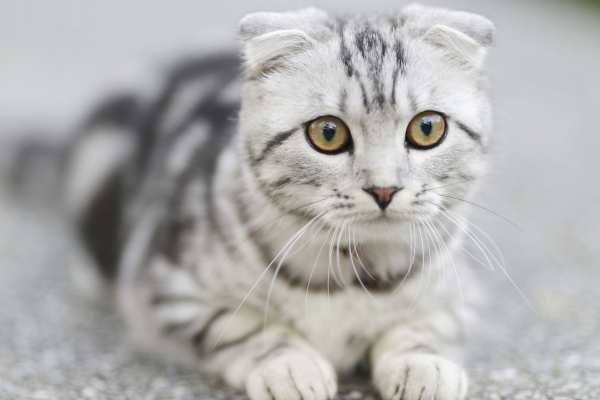
Before domestication about 3,000 years ago, Felis catus domesticus (our house cats) ate uncooked foods, including the innards of rodents, birds, fish, insects, snakes, and other reptiles.
Outdoor cats still frequently imbibe in wild creature cuisine in its “natural” state. Some cat owners use this information to defend feeding their cat a raw diet. They claim that unprocessed foods and raw or undercooked meat mimics a cat’s natural diet.
After all, felines are obligate carnivores – they must eat meat to survive. They thrive on diets rich in substances found only in meat, such as taurine (an amino acid), specific fatty acids, and other essential vitamins and minerals.
What is a Raw Diet?
A raw diet is one that contains uncooked animal products, including muscle meat, organ meat, eggs, and possibly bones. Raw diets are often referred to as a BARF diet, which stands for “Biologically Appropriate Raw Food” or “Bones And Raw Food.”
Pet parents who feed their cat a raw diet claim their cat’s coat is shinier, skin healthier, teeth cleaner, weight controlled, digestion more efficient, and energy is increased.
Health Concerns for Your Cat, You, and Your Family
While cats enjoy raw meat, it doesn’t mean raw and undercooked foods are safe. In fact, raw pet food is more likely to be nutritionally incomplete and contaminated with disease-causing bacteria, according to the results of a 2012 study by the FDA Center for Veterinary Medicine.
The Centers for Disease Control and Prevention (CDC) and the American Veterinary Medical Association also discourage feeding any undercooked animal products to pets because of the risk of pathogens. Cooking or pasteurizing animal products destroys these pathogens. Newer technologies, such as food irradiation, may also be useful in making raw meat safe in the future.
Pet parents feeding their pets raw diets are also at risk for becoming infected with Toxoplasmosis, Salmonella, E.coli, Listeria monocytogenes, and Campylobacter.
After consuming raw diets with any of these pathogens, cats can shed them in their feces or saliva and contaminate their families. If these pathogens get on your hands or clothing, you can also spread them to other people (especially small children), objects, and surfaces.
Cross-contamination can occur when:
- preparing or storing raw food
- handling a contaminated utensil or food dish
- disposing of cat fecal matter
- touching your cat (particularly on its face or mouth), and then accidentally touching your own mouth with the contaminated food
Dangers of a Nutritionally Incomplete Diet
In addition to the threat of bacteria, a nutritionally incomplete diet may damage a cat’s health if it is given for an extended period. These diets have often not been shown to meet nutritional standards.
There’s also a risk for your cat to choke or experience a gastrointestinal puncture or obstruction from ingesting pieces of bones, if they are included.
Better Alternatives to a Raw Diet for Cats
If you would like to eliminate the risks associated with raw food, but still feed your cat an optimum diet, consider a canned food from a reputable pet food company. This pet food company needs to have more than flashy marketing; it needs to conduct feeding trials designed by veterinary nutritionists and ensure that its products meet AAFCO minimum standards for a complete and balanced diet.
Companies such as Science Diet, Royal Canin, and Purina meet this crucible tests. Many other very popular brands of pet foods do not, despite the marketing hype.
Home Cookin’
You may also consider a balanced, home-cooked diet. A newer online resource, Balance IT, is staffed by veterinary nutritionists. You can design a balanced diet recipe for your cat based on its life stage, dietary preferences, and any medical conditions.
Recently, a new pet food company, JustFoodForDogs, moved to Seattle. Despite its name, JFFD makes balanced, homemade cooked diets for cats. These diets are designed by their staff veterinary nutritionist, made from human-grade ingredients, and meet AAFCO standards.



thank you for this article and links. it’s so hard to know what to feed our pets
Thank you for the information. I told a coworker that I feed my cats Science Diet as it was one of several brands my vet recommended, and they acted like I was feeding my cats poison! They lectured me on how raw cat food was better and how I was slowly killing them with gluten. Oh, and if my cats don’t reach the age of 20 it’s my fault because I’m a bad owner.
Every reputable vet website I’ve seen reiterates what you wrote in this article.
After reading it I have to wonder how many cats are needlessly suffering from taurine deficiencies from misinformed owners.